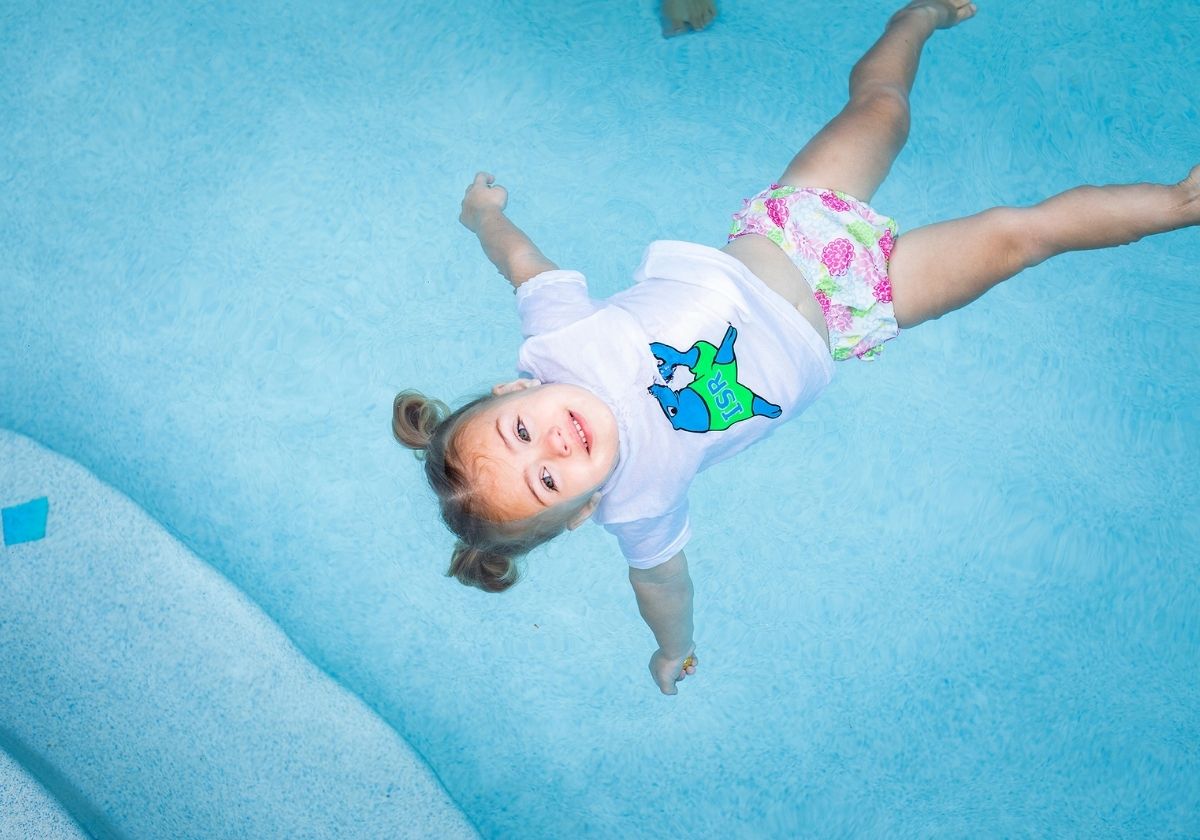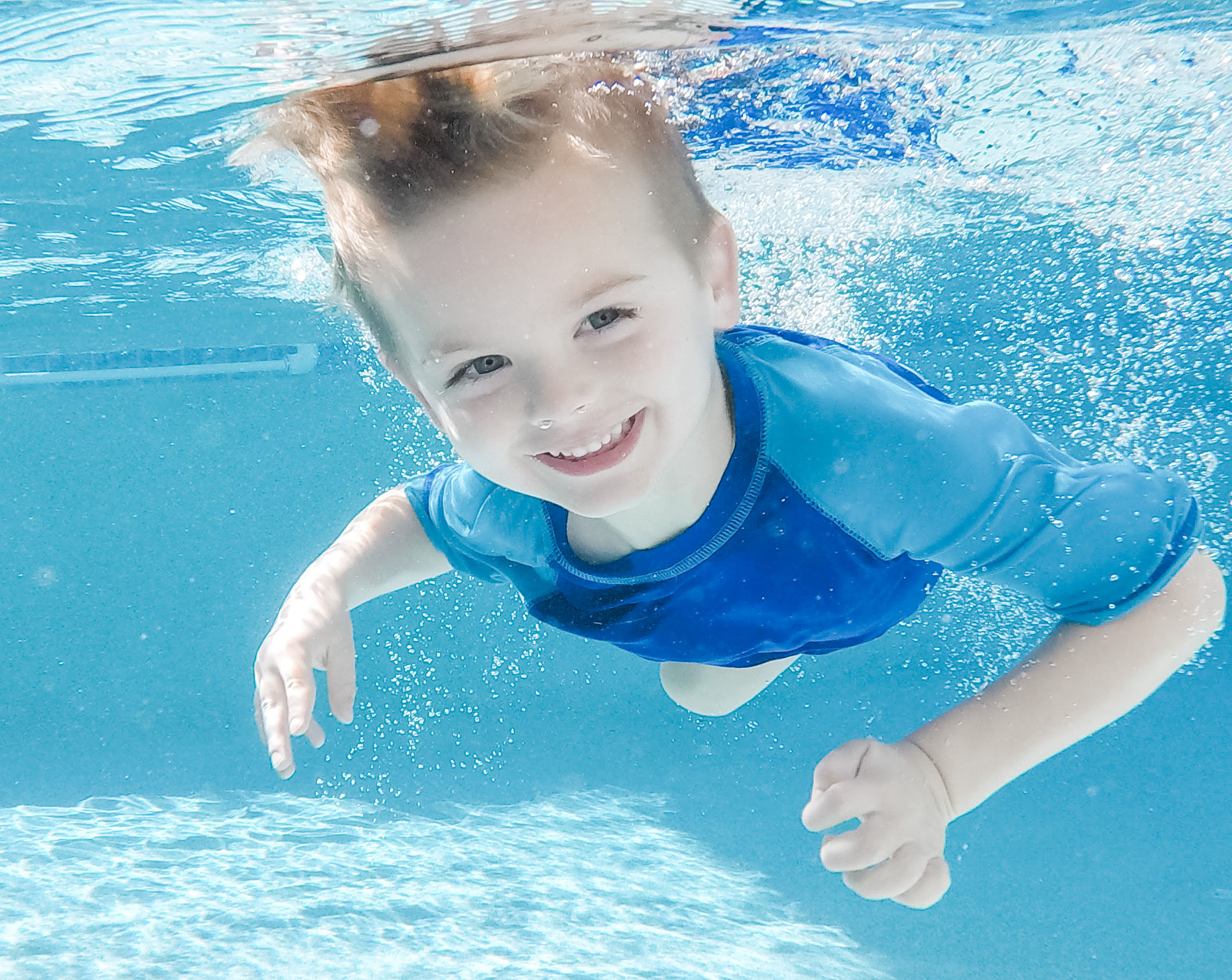Parents, May is National Water Safety Awareness Month, and it is an important time to be reminded of the importance of water safety for our children. With summer approaching, many families will be spending time at the pool, beach, or other bodies of water. It is crucial that we take all necessary precautions to prevent drowning accidents, which are one of the leading causes of accidental death among children.
According to the U.S. Centers for Disease Control and Prevention (CDC), drowning is the number one cause of accidental death for infants and young children between the ages of 1 and 4 years of age. A child is 17 times more likely to die in water than in a car wreck. Overwhelmingly, water near the home poses the most frequent and continued threat to a family. All caregivers are encouraged to be trained in CPR and parents are encouraged to install layers of protection in and around their homes to keep their families safe.
 |
HERE ARE FOUR VERY IMPORTANT TIPS
BARRIERS
A permanent, four-sided pool fence that encloses the entire pool is a great first step. Fences should be at least 4 feet in height and be equipped with self-closing, self-latching gates. Locks and alarms should also be installed well out of reach of children on all doors and windows leading to the pool. Be sure to also check for any other access points, including the often-overlooked dog doors!
SUPERVISION
Watching children constantly around the water, no matter their skill level, is absolutely necessary. Designate a responsible adult as the “water watcher” and segment supervision in 15-minute increments. Also, make sure that water watchers verbally acknowledge that they are on duty so that there is no confusion as to who is responsible for watching the child in the pool.
WHEN TO USE FLOATATION DEVICES
The only thing more dangerous than not teaching a child to swim is teaching them water is fun without the skills to survive there. Avoid the use of floatation devices such as puddle jumpers and floaties during swim time. These devices create a false sense of security for the child and zero competence. The device encourages a vertical posture in the water which is not conducive to swimming. Small children do not have the cognitive ability to understand the floatation device is what is keeping them above water, so they will not hesitate to return to the water if given the opportunity. However, a Coast guard approved life jacket should always be worn while boating or swimming in open water such as oceans, lakes, rivers, and bayous. A parent or caregiver should always be in the water with their child and teach them it’s NOT OK to be in the water without an adult.
 |
SKILL THE CHILD
When layers of protection fail, your child’s ability to self-rescue is the only thing that will save his/her life. Your child should be taught how to roll onto their back independently and maintain a back float until rescued. Your child may also learn how to flip over and swim to an exit. These skills are called self-rescue. Infant Swimming Resource Self-Rescue® lessons are an added layer of protection for families, as the ISR program teaches children 6 months – 6 years old how to save themselves should they find the water alone. ISR Lessons are 1 on 1, 10 minutes per day (Monday - Friday) for 4 - 6 weeks. Babies 6 months to 18 months will learn to roll back and float. Children over 18 months - 6 years will learn the swim-float-swim sequence.
WHAT YOUR CHILD CAN LEARN IN ISR LESSONS:
ISR’s unique results are achieved through fully customized, safe, and effective, one-on-one lessons with only your child and the instructor in the water. What your child will learn, and the way he or she will learn it, is what makes ISR so different from traditional swimming lessons.
For more information about water safety and to learn more about ISR, please visit www.infantswim.com.
Lori Barnidge
Certified ISR Instructor
L.barnidge@infantswim.com
Serving Monroe, West Monroe, and the surrounding areas.



